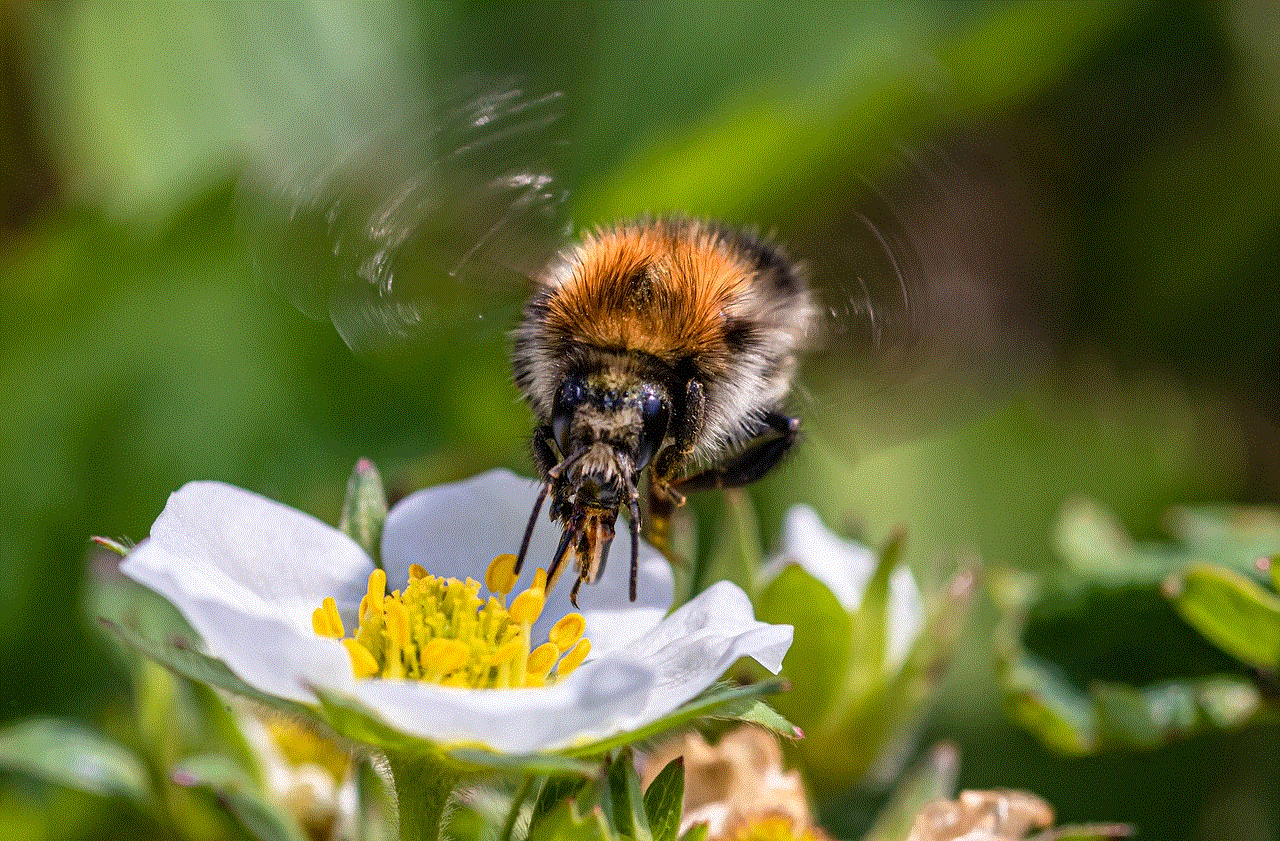texting and driving stories of accidents
Texting and driving has become a dangerous epidemic in today’s society. With the rise of smartphones, it has become easier than ever to stay connected with friends, family, and the world around us. However, this constant connectivity has also led to a dangerous habit of texting while driving, resulting in countless accidents and even deaths. In this article, we will explore some of the most heart-wrenching and tragic stories of accidents caused by texting and driving, in hopes of raising awareness and preventing future tragedies.
The first story that comes to mind is that of Mariah West, a 17-year-old high school student from North Carolina. In 2016, Mariah was driving home from work when she decided to respond to a text from her friend. In a split second, her car veered off the road and crashed into a tree. Mariah’s parents received a call that no parent ever wants to receive – their daughter had been in a severe car accident and was being airlifted to the hospital. Despite the doctors’ efforts, Mariah passed away from her injuries. Her parents were devastated, and their lives would never be the same again.
Mariah’s story is just one of many tragic tales caused by texting and driving. In fact, according to the National Highway Traffic Safety Administration, 3,166 people were killed in distracted driving crashes in 2017 alone. Texting while driving is the most alarming form of distraction, as it takes both the driver’s hands and eyes off the road. This split-second distraction can have catastrophic consequences, as seen in Mariah’s case.
Another heart-wrenching story is that of Xzavier Davis-Bilbo, a 5-year-old boy from Wisconsin. In 2010, Xzavier was walking to school with his sister and grandmother when a distracted driver ran a red light and struck them. Xzavier’s grandmother and sister were injured, but Xzavier suffered a traumatic brain injury and was left paralyzed from the waist down. The driver responsible for the accident was texting while driving. Xzavier’s mother, Valetta Bradford, has since become an advocate for distracted driving awareness and has shared her son’s story to educate others on the dangers of texting and driving.
It’s not just young drivers who are affected by this dangerous habit. In 2013, Karen Goodwin, a 62-year-old grandmother from Maine, was on her way to visit her grandchild when she was hit by a distracted driver. Karen’s car was pushed into the path of an oncoming dump truck, and she was killed instantly. The driver responsible for the accident was texting while driving and never even hit the brakes before crashing into Karen’s car. Her family was left devastated by this senseless tragedy, and they have since become advocates for stricter laws and harsher penalties for distracted driving.
One of the most well-known cases of texting and driving accidents is that of Amanda Clark, a 24-year-old from New York. In 2011, Amanda was driving home from work when she decided to send a text to her friend. In that moment, she lost control of her car and crashed into a guardrail, causing her car to flip over. Amanda was ejected from the car and suffered a severe brain injury, leaving her in a coma for three months. When she woke up, Amanda was unable to walk, talk, or even feed herself. Her life had been completely changed because of one moment of distraction. Amanda’s story has been shared countless times in hopes of preventing others from making the same mistake.
Not all texting and driving accidents end in fatalities, but they can still have a lasting impact on the victims. In 2015, Liz Marks, a 19-year-old from Maryland, was driving home when she decided to check her phone. In a matter of seconds, her car veered off the road and into a tree. Liz suffered a traumatic brain injury and lost her sense of smell and taste. She also lost her left eye and was left with permanent scars on her face. Liz now shares her story to raise awareness and prevent others from making the same mistake she did.
These are just a few of the countless stories of accidents caused by texting and driving. Each one is a heartbreaking reminder of the dangers of distracted driving and the devastating consequences it can have on individuals and their loved ones. Despite the countless campaigns and laws in place to prevent texting and driving, it continues to be a prevalent issue in society.
One of the main reasons for this is the misconception that many people have about their ability to multitask while driving. Many believe that they are skilled enough to text and drive safely, but the truth is that no one is immune to the dangers of distracted driving. According to the National Safety Council, drivers who are texting are eight times more likely to be involved in a crash. This is because texting while driving takes a driver’s attention away from the road for an average of five seconds, which is enough time to travel the length of a football field at 55 miles per hour.
The consequences of texting and driving extend far beyond the physical injuries and fatalities. It also has a significant emotional and mental toll on the individuals involved and their families. In many cases, the driver responsible for the accident lives with the guilt and regret of their actions for the rest of their lives. The victims and their families are left to deal with the aftermath of the accident, from medical bills to emotional trauma.
In an effort to prevent more tragic accidents caused by texting and driving, many states have implemented laws and penalties for distracted driving. In some states, it is illegal to use a handheld device while driving, and in others, it is illegal for all drivers to use a phone while operating a vehicle. However, these laws need to be strictly enforced to be effective. It’s also essential for individuals to take responsibility for their actions and make the conscious decision to put their phone away while driving.
In conclusion, texting and driving is a dangerous habit that has taken too many lives and caused immeasurable pain and suffering. Behind every accident caused by texting and driving is a real person with a family, friends, and a bright future ahead of them. It’s time for us to put a stop to this epidemic and prioritize the safety of ourselves and those around us. So the next time you feel the urge to respond to a text while driving, remember the stories of Mariah, Xzavier, Karen, Amanda, Liz, and countless others who have been affected by this preventable tragedy. Put your phone away and focus on the road – it can save a life.
how to make private stream on twitch
Twitch is a popular live streaming platform that allows content creators to broadcast their gameplay, creative projects, and other types of content to a global audience. While most streams on Twitch are public and can be viewed by anyone, there is an option to make a stream private. Private streams on Twitch are not visible to the general public and can only be accessed by a select group of viewers who have been invited by the streamer. In this article, we will discuss how to make a private stream on Twitch and the benefits of doing so.
Why Make a Private Stream on Twitch?
There are several reasons why a streamer may choose to make their stream private on Twitch. One of the main reasons is to have more control over who can view their content. By making a stream private, the streamer can ensure that only a select group of people can see their stream. This is especially useful for streamers who want to keep their content exclusive to a particular group of viewers, such as their friends, family, or a small community of subscribers.
Another reason to make a private stream on Twitch is to create a more intimate and interactive streaming experience. With a smaller group of viewers, the streamer can engage with their audience more effectively, answer questions, and have more meaningful interactions. This can help build a closer relationship with their viewers and create a sense of exclusivity for those who have access to the private stream.
How to Make a Private Stream on Twitch?
To make a private stream on Twitch, you will first need to have a Twitch account and be logged in. Once you are logged in, follow these steps to make your stream private:
Step 1: Click on the “Dashboard” tab on the top right corner of the screen.
Step 2: Under the “Settings” tab, click on “Channel and Videos.”
Step 3: In the “Channel Settings” section, scroll down to the “Privacy” option.



Step 4: Click on the “Change” button next to “Stream Key and Preferences.”
Step 5: In the “Channel Privacy” section, select the “Private” option.
Step 6: Click on the “Update Channel” button to save your changes.
That’s it! Your stream is now private, and only those who have been invited will be able to view it. You can also make your stream public again by following the same steps and selecting the “Public” option in the “Channel Privacy” section.
How to Invite Viewers to a Private Stream?
Once you have made your stream private, the next step is to invite viewers to join it. There are two ways to invite viewers to a private stream on Twitch:
1. Using a Stream Key: A stream key is a unique code that allows you to broadcast your stream on Twitch. To invite viewers using a stream key, follow these steps:
Step 1: Under the “Channel and Videos” tab, click on “Stream Key and Preferences.”
Step 2: Copy the stream key from the “Primary Stream Key” section.
Step 3: Share the stream key with the viewers you want to invite.
Step 4: Once the viewers have the stream key, they can enter it in their streaming software, such as OBS or Streamlabs OBS, to join the private stream.
2. Sending Invitations: You can also invite viewers to your private stream by sending them invitations directly through Twitch. To do this, follow these steps:



Step 1: Click on the “Invite” button on the top right corner of the screen.
Step 2: Enter the usernames of the viewers you want to invite.
Step 3: Click on “Invite” to send the invitations.
Step 4: The invited viewers will receive a notification and can join your private stream by clicking on the invitation.
Tips for Hosting a Successful Private Stream
Here are a few tips to help you make the most out of your private stream on Twitch:
1. Set a Schedule: Just like a public stream, setting a regular schedule for your private stream can help your viewers know when to tune in. This will also help you plan your content and create a sense of anticipation among your viewers.
2. Communicate with Your Viewers: Make sure to communicate with your viewers regularly, especially before and during the stream. Let them know when you will be going live, what type of content you will be streaming, and any other important updates.
3. Engage with Your Audience: A private stream is an excellent opportunity to engage with your viewers on a more personal level. Take the time to interact with your viewers, answer their questions, and get to know them better.
4. Use Moderators: As with any live streaming platform, there is always a risk of trolls or inappropriate comments. Having moderators in your private stream can help you maintain a positive and safe environment for your viewers.
5. Don’t Forget About the VODs: Private streams on Twitch can also be recorded and saved as VODs (videos on demand). This means your viewers can watch the stream later, even if they were not able to join the live stream.
Final Thoughts



Making a private stream on Twitch can be a great way to create a more intimate and exclusive streaming experience for your audience. Whether you want to connect with a select group of viewers or keep your content private, knowing how to make a private stream on Twitch is a useful skill for any streamer. With the steps outlined in this article, you can easily make your stream private and invite viewers to join you on your private streaming journey.